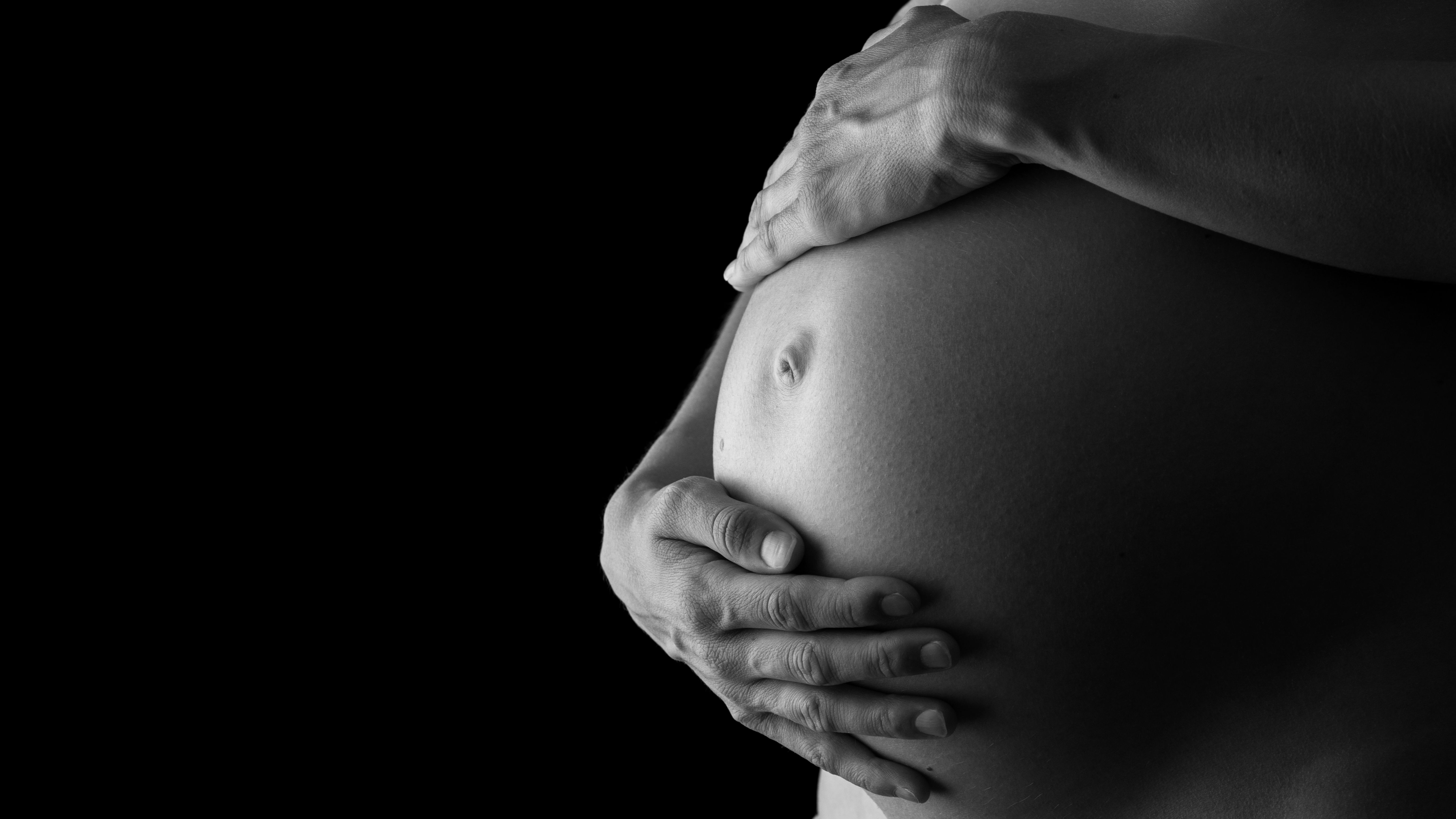As hospitals close obstetric units, maternity care deserts become more common
More Americans are having to travel outside their communities for their care during pregnancy, according to a March of Dimes report.
More women are struggling to get the care they need when they’re pregnant and when it’s time to give birth, according to a new March of Dimes report.
More Americans are living in counties without obstetric units, according to the March of Dimes.

The March of Dimes has been drawing attention to the growing problem of maternity care deserts, noting that it’s a contributing factor to America’s disturbing maternal mortality rate. The group has released a new analysis of the landscape for obstetric care, following a similar report two years ago.
More than 100 hospitals nationwide have shuttered their obstetric units since 2022. One in 25 obstetric units in America have closed their doors in the past two years, according to the report.
More than one-third (35%) of all U.S. counties qualify as maternity care deserts, the report says. More than 1,100 counties don’t have a single obstetrician or birthing facility, an increase of more than 100 counties since 2022.
Dr. Amanda Williams, chief medical officer of the March of Dimes, said the report makes it clear that maternity care isn’t getting the attention it deserves.
"For too many families across the US, the ability to have a healthy pregnancy depends on where they live," Williams said in a statement.
Six states have maternity care deserts in over half of their counties, the March of Dimes says. They are: North Dakota (73.6%), South Dakota (57.6%), Oklahoma (51.9%), Missouri (51.6%), Nebraska (51.3%), and Arkansas (50.7%).
Midwives could help provided needed obstetric services, but 23 states have laws that don’t allow midwives to offer the care they could provide, the March of Dimes says
The March of Dimes has called for more mobile units to offer obstetric services, noting that only 2% of mobile health vans nationwide offer maternal care. The organization has placed mobile units in some cities, and says more units are coming to cities such as Houston, Cleveland and Birmingham.
The March of Dimes analysis marks the latest in a number of troubling reports on America’s maternal health.
ECRI, an organization focused on patient safety, said barriers to maternal care are one of the leading threats to the safety of patients. Dr. Marcus Schabacker, president and CEO of ECRI, talked with Chief Healthcare Executive® about the problem earlier this year.
“Where there's no services whatsoever available for those folks, as you can imagine, that clearly leads to a higher risk for those mothers and their unborn children,” Schabacker said in a March 2024 interview. “And it's getting worse because more gynecologists and obstetricians are leaving the field.”
Those who live in America’s rural communities are finding it increasingly difficult to get prenatal care and are traveling farther to give birth. Half of America’s rural hospitals are losing money, and many rural facilities have shuttered their obstetric units, according to a February 2024 report from the Chartis Center for Rural Health.
Since 2011, 267 rural hospitals have stopped providing obstetric services, the Chartis Center found. In the peak years of the pandemic (2020 and 2021), 63 rural hospitals closed their delivery units.
The Biden administration has unveiled steps aimed at improving maternal health. In July, the Centers for Medicare & Medicaid Services proposed the first minimum safety standards for hospitals, and critical access hospitals, for obstetrics services. The proposal includes standards for staffing, training, emergency services readiness and transfer protocols for obstetric patients.
Vice President Kamala Harris said in July that the standards are critical to producing better outcomes.
“Nearly every hospital in our country will soon be required to provide new mothers with delivery rooms that are fully stocked with lifesaving medical equipment,” said Harris, now the Democratic presidential nominee.
The CMS also calls for potentially reducing Medicare funding for those hospitals who aren’t meeting federal standards. Some healthcare leaders have lauded efforts to improve maternal care, but they argue that reducing federal aid could make it harder for women to get the care they need.
Black women face higher risks of death or serious complications tied to pregnancy. Black women are 2.6 times more likely to die due to pregnancy-related complications, according to the Centers for Disease Control and Prevention.
As if the data on maternal mortality isn’t chilling enough, healthcare leaders say most of those fatalities can be avoided. More than 80% of all maternal deaths are preventable, according to a 2022 report from the CDC.
Too many are dying, but health experts also say more attention should also be focused on the far greater number of women who experience severe health problems tied to childbirth. As many as 60,000 Americans annually suffer serious pregnancy complications, the Commonwealth Fund estimates.
Telehealth faces a looming deadline in Washington | Healthy Bottom Line podcast
February 12th 2025Once again, the clock is ticking on waivers for telemedicine and hospital-at-home programs. Kyle Zebley of the American Telemedicine Association talks about the push on Congress and the White House.